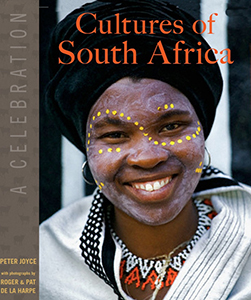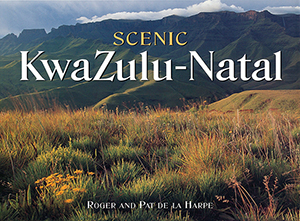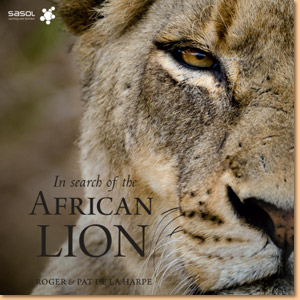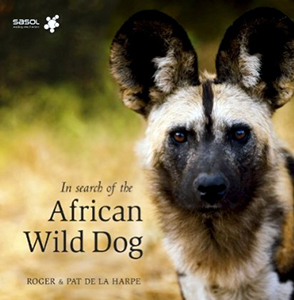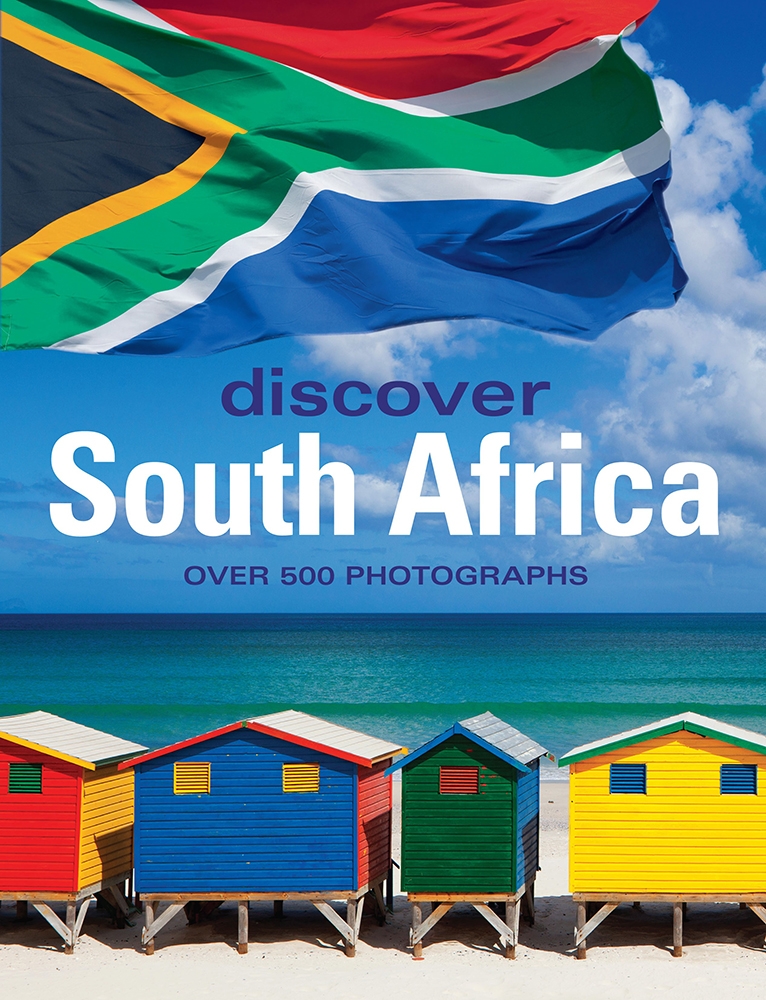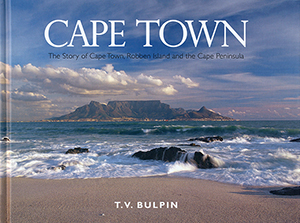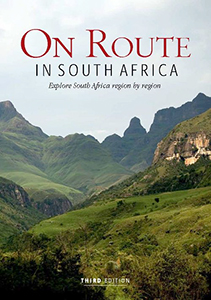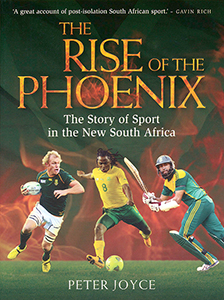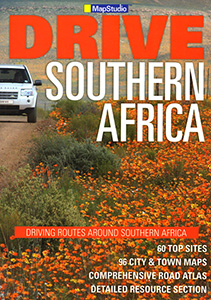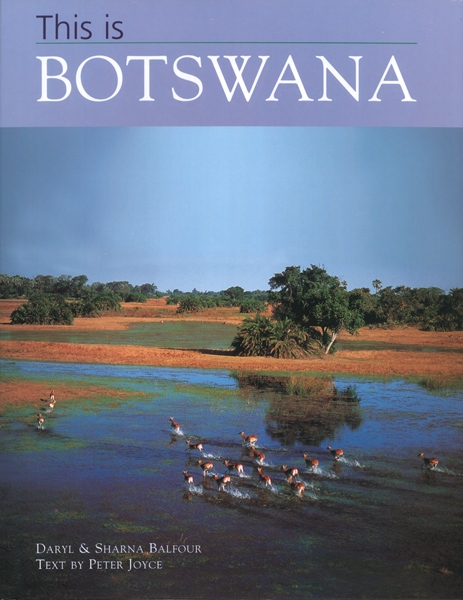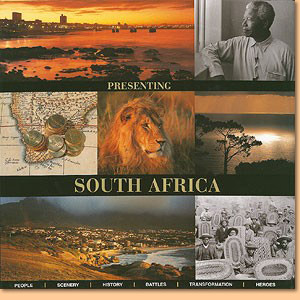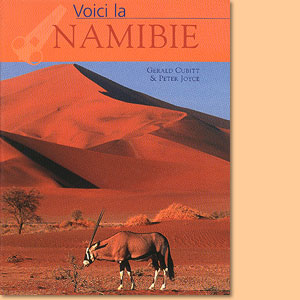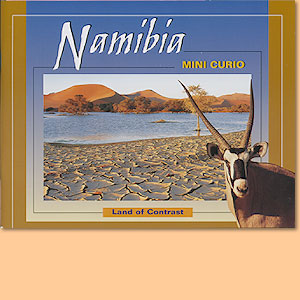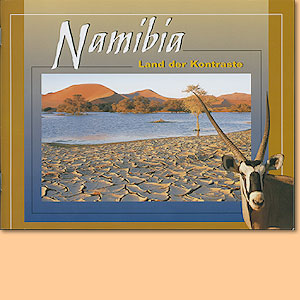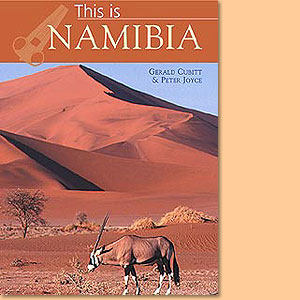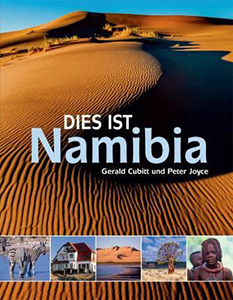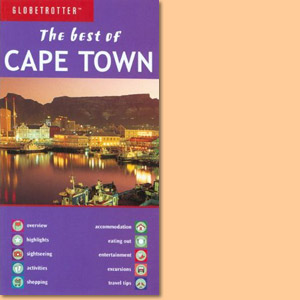Cultures of South Africa, by Peter Joyce and Roger de la Harpe
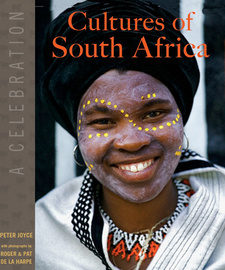
Cultures of South Africa, by Peter Joyce and Roger de la Harpe. ISBN 9781920289270 / ISBN 978-1-920289-27-0
The features and faces of South Africa’s indigenous cultures are as varied as the continent’s many textures and colours. Peter Joyce and Roger de la Harpe will make you familiar with them.
Introduction: The traditional Bantu
There is an inherent risk in writing about the languages and group identities of the many and various peoples of South Africa. The lines are blurred, sometimes imperceptible. Over the centuries, migration, merger and change have been the main historical constants on the human landscape; all is mix, nothing is absolutely clearcut. The territorial coverage of this book is, therefore, inevitably arbitrary, chosen for practicality and clarity, roughly centred on but by no means restricted to artificial borders dictated by society and history and, most significantly, colonialism. Language and culture have no boundaries; elements of both are to be found and, indeed, are the principal cultural markers in lands well beyond what were formally designated the collective domiciles. The Swazi people - or, more correctly, the amaSwati - have their own, fully independent country, though a great many live in South Africa and SiSwati is one of that country's official languages. Lesotho and Botswana have similar status, so they too feature prominently in these pages. The overall emphasis, however, is on those language groups resident in South Africa. Up to a point, the 'homeland' divisions of the apartheid government were valid enough, since the designated groups did indeed occupy these (and other, much bigger) areas. But they all came from elsewhere; some of them, in fact, quite recently. Many are the products of the fission and fusion of the past, with some peoples breaking away from the main body to form independent societies and to build their own canons of tradition, custom and law; others being absorbed, often voluntarily but sometimes involuntarily, into bigger or more powerful communities. There are a myriad exceptions to the general rule, of course. There are distinctive subgroups within individual groups, and some of these subgroups even have components that are culturally separate. The canvas is huge, complex, infinitely nuanced, so the big picture is painted with very broad strokes, generalised and even oversimplified. South Africa has eleven official languages. Two of them - English and Afrikaans - are considered imports and are widely used as second languages. About 8.2 per cent of the population speaks English, and 13.3 per cent Afrikaans. However, if you go back far enough all the country's supposedly indigenous languages are, in fact, exotic. Around four out of ten people speak either isiZulu or isiXhosa in the home, and English is widely used in the education system and in business. Of the indigenous tongues, those of the so-called San (Bushman) hunter-gatherers and the seminomadic Khoekhoen only traces remain - or rather, barely sustainable linguistic pockets survive, against the odds, mostly on the great sandy plains of the northwest, in Namaqualand and Namibia. There are in fact just two African language systems in the region - Sotho and Nguni. Nearly all the other languages are dialects of one or the other; all are classed as 'Bantu', and even that is semantically incorrect. 'Bantu' refers to the people themselves, the Ntu-speaking people. Questionable, too, is the name 'San', though not incorrect so much as of dubious origin: it seems that, among some early Khoekhoen peoples, the word meant 'outsider' and carried other, related and more insulting overtones. In Cultures of South Africa: A Celebration we have opted to use the conventional English-language adoptions of traditional group names that are more familiar among an English-speaking readership: the Xhosa, Zulu, Southern Sotho, Tsonga, Northern Sotho, Swazi, Ndebele, Venda and Tswana. [...]
This is an excerpt from the book: Cultures of South Africa, by Peter Joyce and Roger de la Harpe.
Title: Cultures of South Africa
Authors: Peter Joyce; Roger de la Harpe
Type: Culture Guide
Imprint: Sunbird Publishers
Publisher: Jonathan Ball Publishers
2nd edition. Johannesburg, South Africa 2010
ISBN 9781920289270 / ISBN 978-1-920289-27-0
Hardcover, 21x25 cm, 144 pages, throughout colour photos and maps
Joyce, Peter und de la Harpe, Roger im Namibiana-Buchangebot
Cultures of South Africa
Cultures of South Africa explores the paths that South Africans have walked over the centuries and contextualises the richness of the people and places.
Scenic Kwazulu-Natal
A beautiful mid-size illustrated book belonging to the series "Scenic" on the landscapes and culture of Kwazulu-Natal.
In Search of the African Lion
In Search of the African Lion focuses on four main areas: the Kalahari, the Madikwe/Mapungubwe area, the Greater Kruger National Park and Northern Zululand.
In Search of the African Wild Dog
In Search of the African Wild Dog is a stunningly photographed and well-documented tribute to these rare and endangered animals.
Discover South Africa
Discover South Africa provides a wealth of information about South Africa, presented in a relaxed and eminently readable style.
Cape Town: The Story of Cape Town, Robben Island and the Cape Peninsula
Originally written by late T. V. Bulpin, this is the story of Cape Town, Robben Island and the Cape Peninsula.
On Route in South Africa (Sunbird)
On Route in South Africa takes an in-depth look at the myriad villages, towns and cities that combine to make South Africa such a fascinating country in which to travel.
The rise of the Phoenix. The story of Sport in the new South Africa
The rise of the Phoenix is an account on South Africa's post-isolation Sport history in golfing, swimming, rugby, cricket, mountaineering, motocross and many other sports.
Drive Southern Africa (MapStudio)
Drive Southern Africa (MapStudio) is a pictorial journey of Southern Africa dividing the region into seven major driving routes.
This is Botswana
This is Botswana is a book for both the browser and the traveller, serving as a useful und beatiful introduction.
Presenting South Africa
South Africa has seldom been portrayed so imaginatively, and with such visual impact as in 'Presenting South Africa'.
Namibia. Land of Contrast (Mini Curio)
Namibia - Land of Contrast (Mini Curio) is a nicely made and appetizing Namibia booklet.
Namibia. Land der Kontraste (Mini Curio)
Namibia - Land der Kontraste aus der Reihe "Mini Curio" ist ein reizender kleiner Namibia-Reiseverführer!
Dies ist Namibia
Dies ist ein gut fotografierter Namibia-Bildband mit gelungener Motivauswahl und einer ausführlichen landeskundlichen und geschichtlichen Einführung.
The Best of Cape Town (Globetrotter)
Globetrotter's 'The Best of Cape Town' is a good and handy travel guide with compact content.

